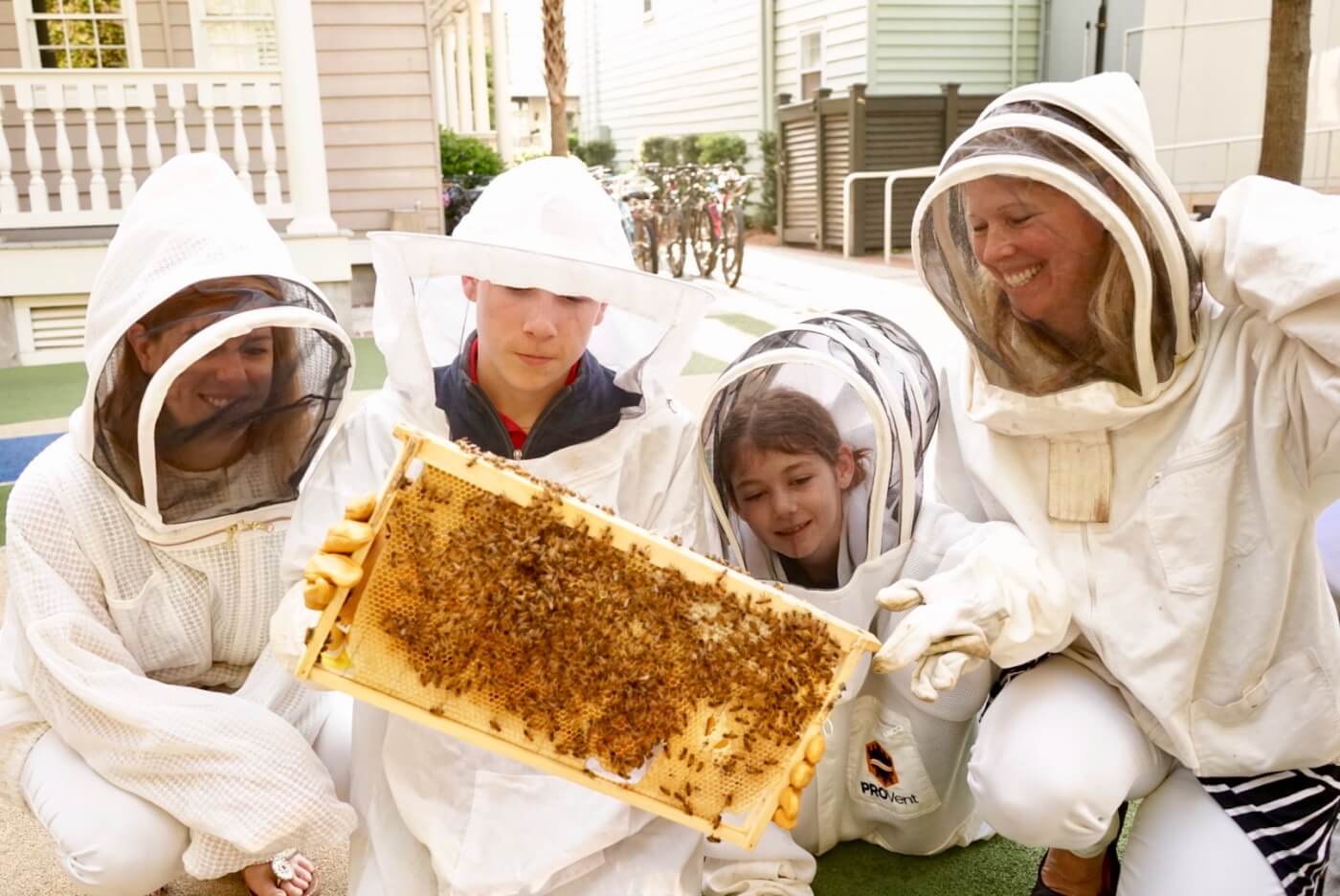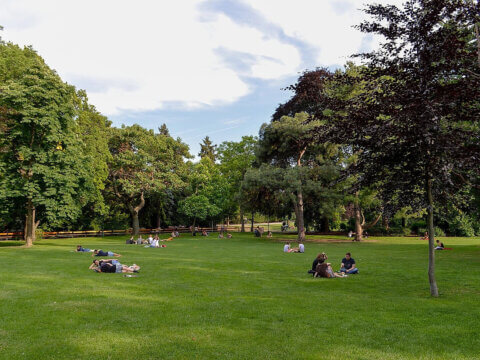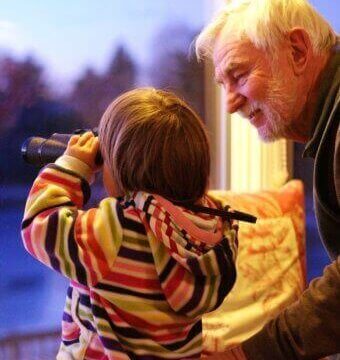6 unbeelievably fun ways to celebrate pollinators with kids
“Bees are a unique teaching tool,” says Tami Enright, Co-founder and Executive Director of nonprofit The Bee Cause Project. “They’re cute, they’re fuzzy… kids start caring for them and about what happens to them, and then you can have these much bigger conversations about loss of habitat, the environment, climate change and food systems.”
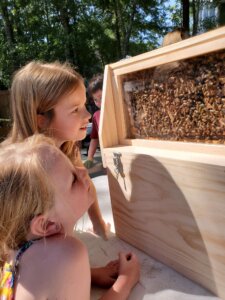
Volunteer gardeners at Katie’s Krops in Summerville, South Carolina, inspect a travel observation hive while learning about pollinator gardens. Photo courtesy of The Bee Cause Project.
In honor of Pollinator Month in June and National Pollinator Week (June 16-22), we sat down with Enright and her team from The Bee Cause Project, a South Carolina-based nonprofit that provides honeybee education grants to schools in the U.S., Canada and Puerto Rico.
The heart of The Bee Cause Project is empowering teachers — by meeting them wherever they are in their bee curriculum. “Some educators are not ready to put a hive in the classroom, but they want to have a conversation about pollinators with kids,” says Emilee Elingburg, Director of Educational Programs.
In addition to grants that support live hives and pollinator gardens at schools, the nonprofit offers literacy grants to put books and materials in classrooms. The nonprofit has also invested in creating comprehensive lesson plans and tools for educators of all kinds, from formal teachers to farmers and camp leaders. These educator resources are free and available to the public online. They feature hands-on activities — like a campus pollinator assessment — and language that explains pollinator science in a way that kids find engaging.
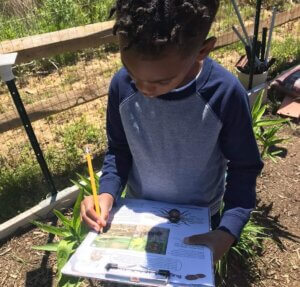
As part of a habitat grant, a student at Trinity Montessori in York, South Carolina, learns to identify pollinators in preparation for participating in the Great Southeast Pollinator Census. Photo courtesy of The Bee Cause Project.
Elingburg likes to tell young children how flowers use their showy colors and sweet nectar to “trick” bees into pollinating. “When you put things in a kid’s perspective, it breaks down this huge piece of science into a bite-size chunk they can understand, right?” she laughs. “Then you tell them honey is ‘bee barf’ and they’re hooked.”
Understanding breeds empathy, and kids of all ages want to help bees flourish. In fact, learning about bees can ease climate anxiety among young people by connecting behavior changes and actionable steps — like planting native bee-friendly gardens — to positive impacts. “If we teach children about the environment as they’re growing, they’ll have words to wrap around what they’re seeing in the world,” Enright says, “then they’ll be inspired to make a difference, to be leaders in their communities — and the program takes on a life of its own.”
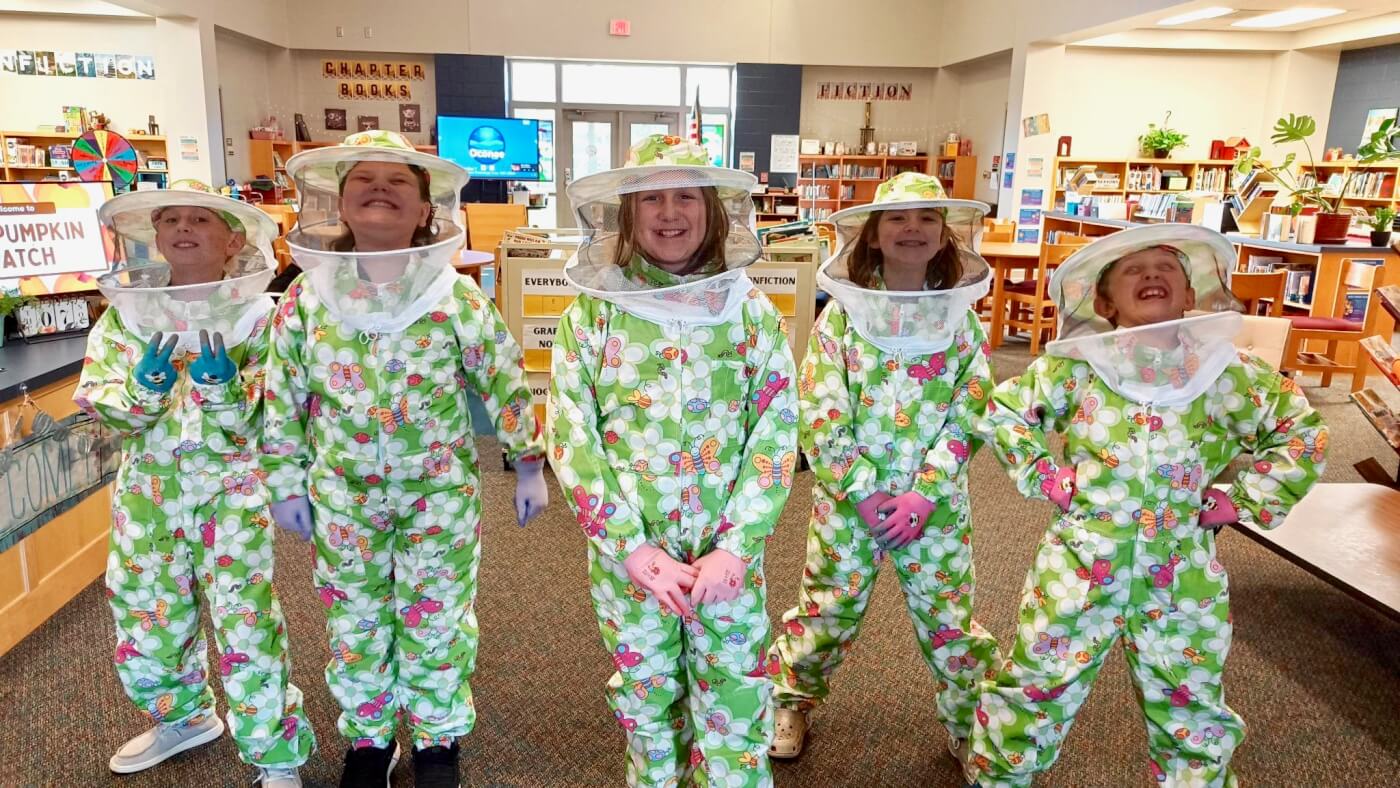
The Bee Club at Orchard Park Elementary in Oconee, South Carolina — suited up and ready to inspect the school’s hive.Photo courtesy of The Bee Cause Project.
Whole-hearted honeybee advocacy is one of the ways The Bee Cause Project hopes the kids in their programs will “pay it forward” — taking the buzz on pollinators home to their families and communities.
Exploring pollinators & their habitats with children
Pollinator Month and National Pollinator Week are a great time for all of us to think about how we can get into nature with our families and friends, connect to the native and honey bees — and take small steps to protect them in our own backyards.
To inspire us, Elingburg has put together a short list of some of her favorite ways to introduce kids to pollinators and their habitats. It’s bee-autiful!
- ‘“Bee” a Friend to Pollinators’: How do you know if your outdoor space is pollinator-friendly? You go outside and observe it! This beautifully illustrated lesson plan encourages kids to explore their yard, school, library or neighborhood — from a pollinator’s perspective. All you need is paper and a pencil, and children of all ages can participate.
Rest assured, teachers: this lesson plan incorporates Common Core Standards.
- Plant a pollinator garden: Kids love getting their hands in the dirt — and it’s even more fun if you’re planting a garden that will invite birds, bees and butterflies into the yard.
Not sure where to start? Pollinator Partnership has created regional planting guides to help you select plants that will provide food and shelter for all your favorite pollinators.
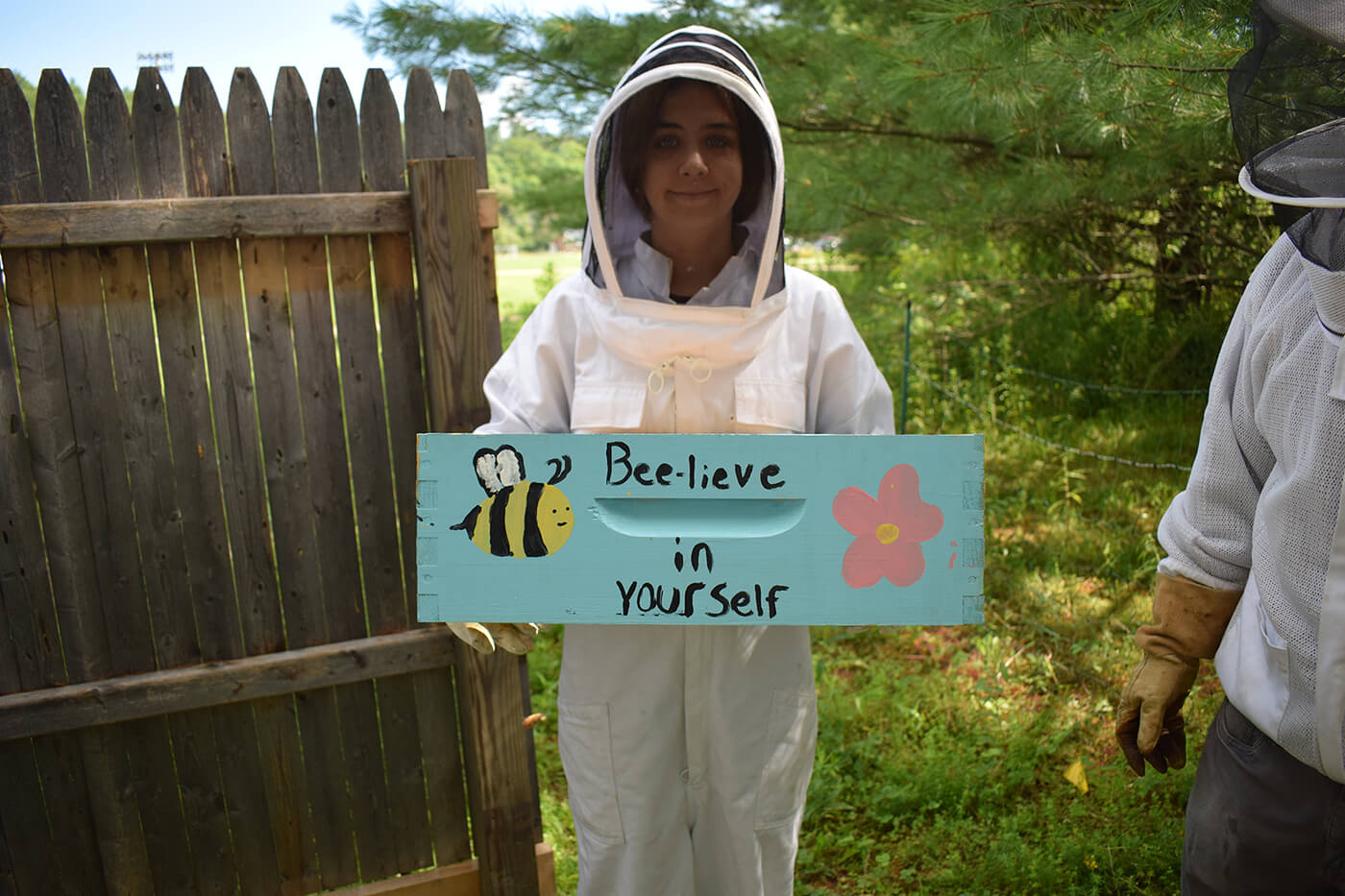
A student from the Center for Sustainable Systems in Ann Arbor, Michigan, assembling a freshly painted Langstroth hive, which they received through a grant from The Bee Cause Project.Photo courtesy of The Bee Cause Project.
- Download ‘My Pollinator Journal’: This activity booklet is chockablock with fun facts about pollinators and activities for kids and families. You can make wildflower seed balls, take a pollinator census of your yard — or set up a bee bath in your pollinator garden.
- Host a honey tasting: Did you know the color of your honey can tell you a lot about its provenance? That’s right, the flowers a honeybee forages on will impact the way their honey looks, smells and tastes. Download The Bee Cause honey tasting guide for helpful tips on choosing honey, engaging all your senses to be good tasters — and even coming up with fun names for each flavor.
- Stop mowing your lawn: Have you heard of No Mow May? It turns out that not mowing your lawn (or even just sections of it) creates shelter and food for native and honey bees. It’s especially important in the spring, when dandelions and clover are in season. That said, the folks at the UMN Bee Lab prefer the slogan “Slow Mow Summer” — because bees need food in June and July too!
The Bee Cause Project website and resources
Resources for celebrating National Pollinator Week
How to create a neighborhood butterfly zone — and a homegrown national park, a Finding Nature News story by Richard Louv
The backyard revolution, a Finding Nature News story by Richard Louv
Young beekeepers: Cultivating honey and pollinator appreciation, a Finding Nature News story
-
Network News
POLICY UPDATE: Policy and advocacy for the children and nature movement
-
Voices
Binoculars, bald eagles and my journey as a Black birder
-
Richard Louv
THE WONDER BOWL: Ten Spring and Summer Nature Activities for Kids and Adults
-
Network News
Minneapolis Spotlight: The promise and possibilities of parks for youth
-
Voices
Why nature is my motherhood ally


